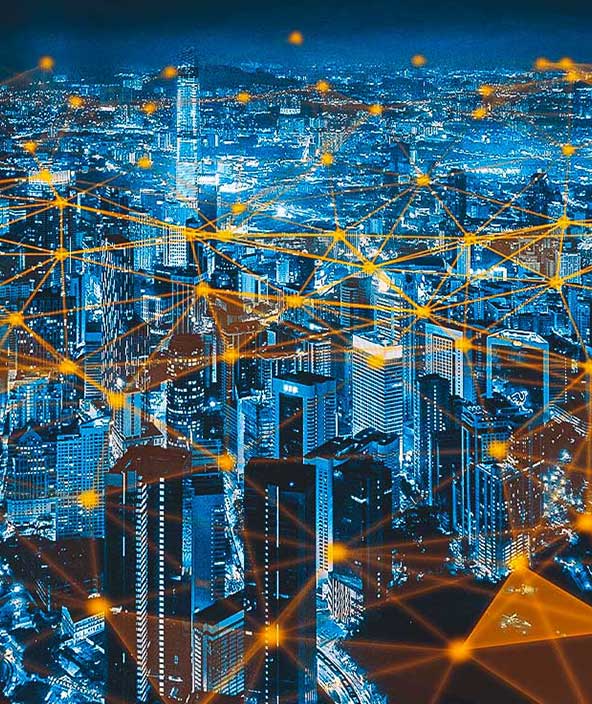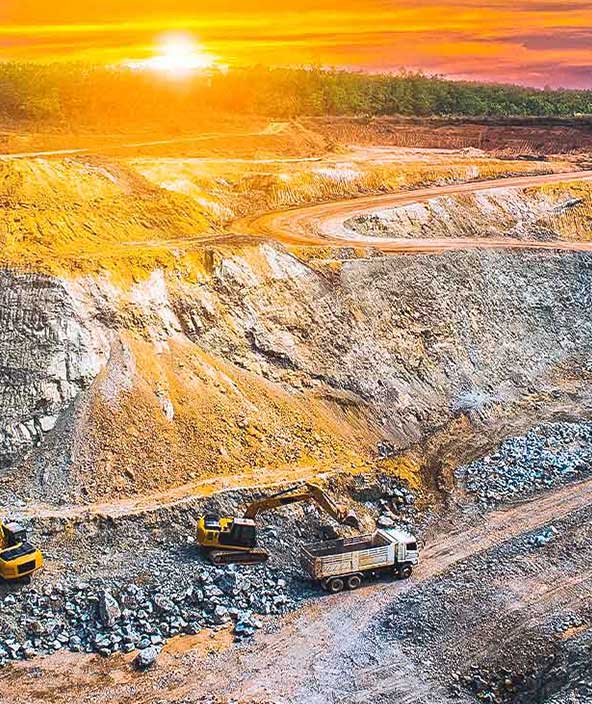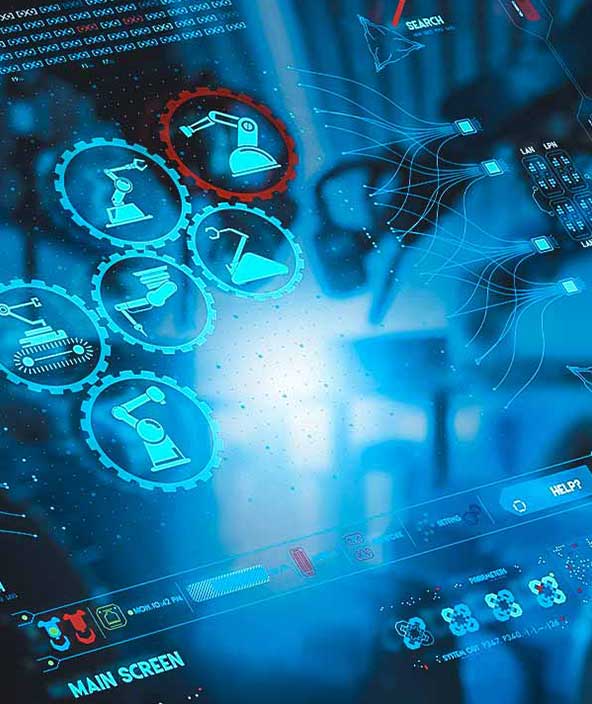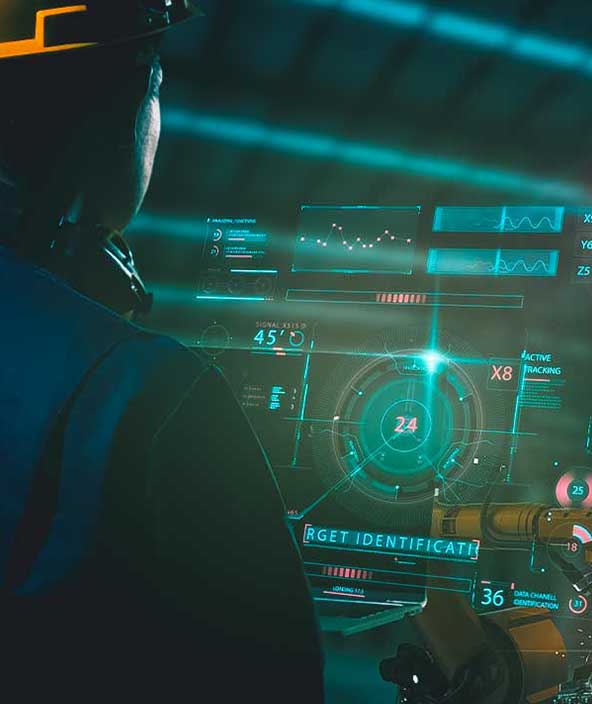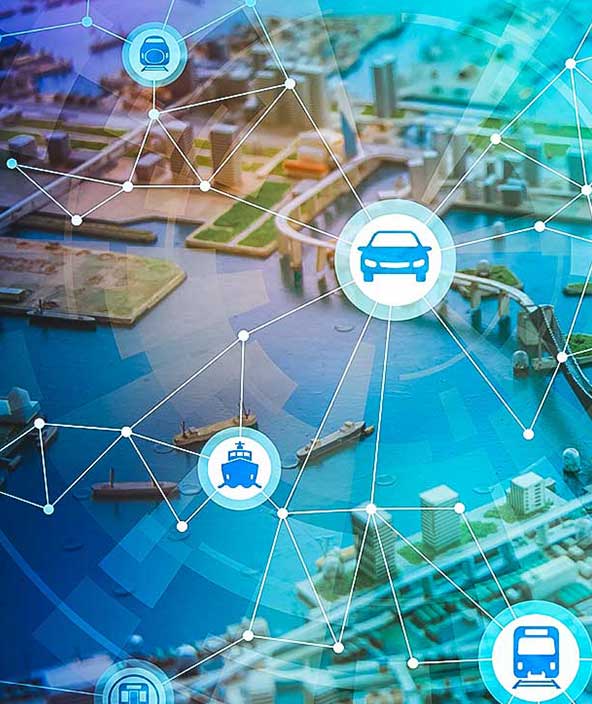
Empowering an autonomous, sustainable future
The freedom to extract data’s full potential to enable organisations, industries and the planet to sustainably thrive.
Is data holding you back, or setting you free?
Autonomously leveraging data frees us from the constraints that impede sustainability and economic growth.
Data creation lags value creation
If there is ten times more data than there was two years ago, shouldn’t the world be ten times better? That’s clearly not the case. Industry 4.0 and IoT continue to deliver on the promise of connecting billions of devices and creating vast amounts of data every day. But data creation alone does not create value. On the contrary, the sheer volume of data generated by connected “things” has defied our ability to see, understand and put it all to work. And the gap between data creation and data use is only widening.
The big shift: from automation to autonomy
Data is only as good as the systems we use to leverage and mine it for insights. As a system achieves greater levels of automation, it begins to learn and adapt, becoming increasingly smarter. That’s where autonomy comes in. Machine learning and AI put data to work behind the scenes, freeing us from the constraints of data overload and enabling a freedom of insight never before possible.
This shift from automation to autonomy is so important—so critical—to our collective future, that the simple act of ‘putting data to work’, autonomously, has become our singular focus at Hexagon.
Where autonomy will have the greatest impact
While many may think of autonomy as something that will drive our cars, autonomy can and must do so much more. For example:
We’re climbing the automation curve
Our transition to intelligent automation is accelerating our day-to-day lives. Ultimately, our innovations will give rise to new technologies and applications - many we haven’t even begun to imagine. Today, every Hexagon product is mapped on the automation scale below and tagged based on its progress towards the freedom of autonomy.
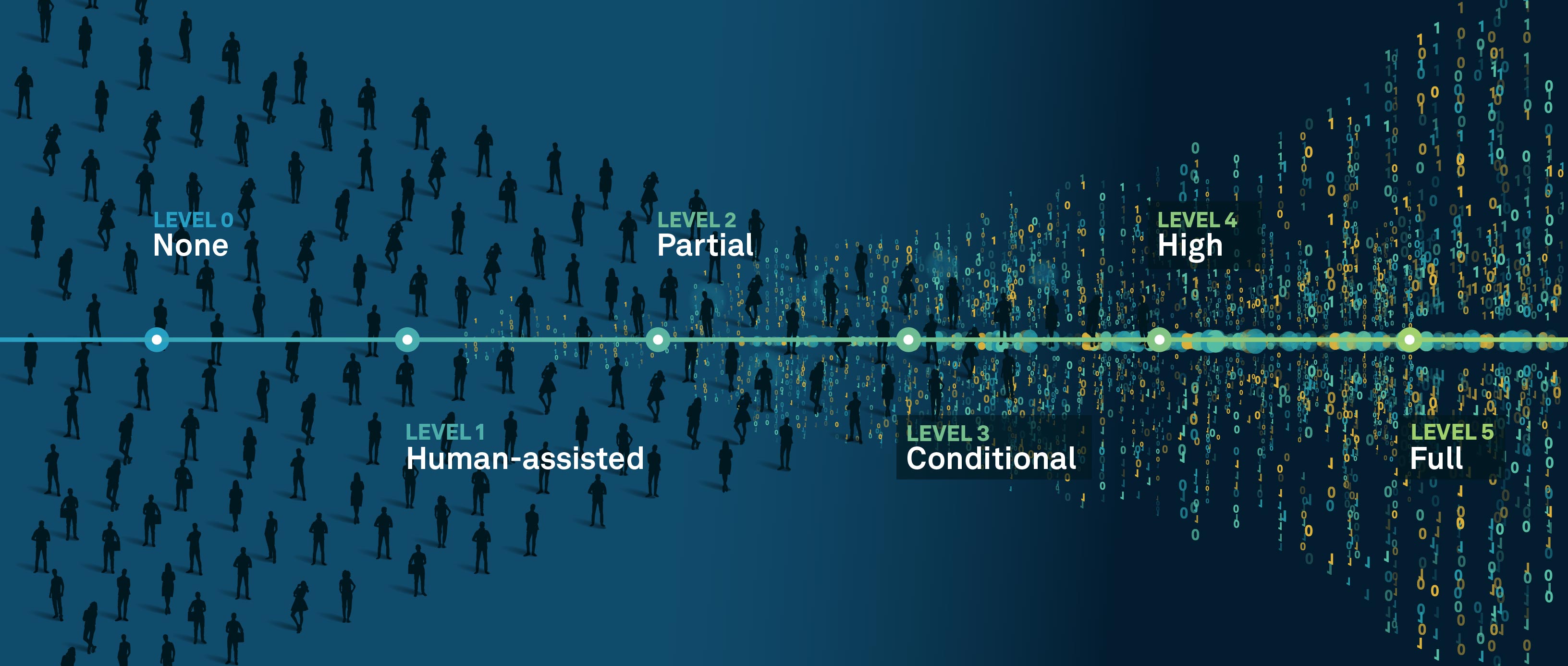
Conditional automation
Human workforce is used for intervention as autonomous operations begin to increase productivity.
Full autonomy
A Smart Digital Reality™ enables autonomous systems to complete all tasks without human intervention.
Highly autonomous
Autonomous systems complete required tasks within specific bounds, unleashing data and building smart digital realities.
Human-assisted
Labour is primarily conducted by a human workforce. Some functions have been automated to simplify control.
Human-driven
All tasks completed by human labour; no data is leveraged across the operation.
Partial automation
Some tasks are automated for short periods of time, accompanied by occasional human intervention.

